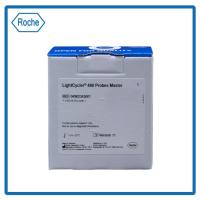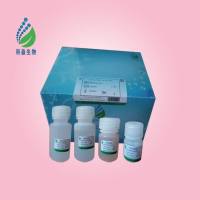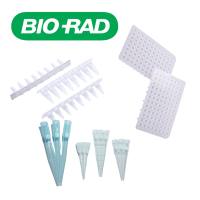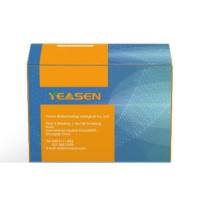Production and Use of Nonradioactive Hybridization Probes
互联网
654
Molecular hybridization is a useful technique for identifying specific target sequences even when they are present as a single copy in a complex population. It can be performed either on a solid matrix on which pure DNA (or RNA) is bound (blot hybridization) or on tissue sections (in situ hybridization). Until recently, the probes used in hybridization were usually labeled with radioisotopes. However, the short half-life, disposal, and safety problems of radioactive probes stimulated the development of nonradioactive hybridization techniques. In these, the probes are labeled with nonradioactive reporter molecules, which can be haptens, proteins, digoxigenin, biotin, and so forth. These reporter molecules can then be detected by enzyme-labeled antibodies or streptavidin (in the case of biotinylated probes). Of these reporter molecules, biotin and digoxigenin have several advantages over the others because of their small size. Therefore, they minimally interfere with hybridization efficiency. In addition, the high affinity of the binding of biotin and streptavidin (K d = 10−15 M ) is almost equivalent to covalent bonds. In fact, the biotin system was the first nonradioactive hybridization technique sensitive enough for routine use on Mot hybridization (1 ) and in situ hybridization (2 ).









